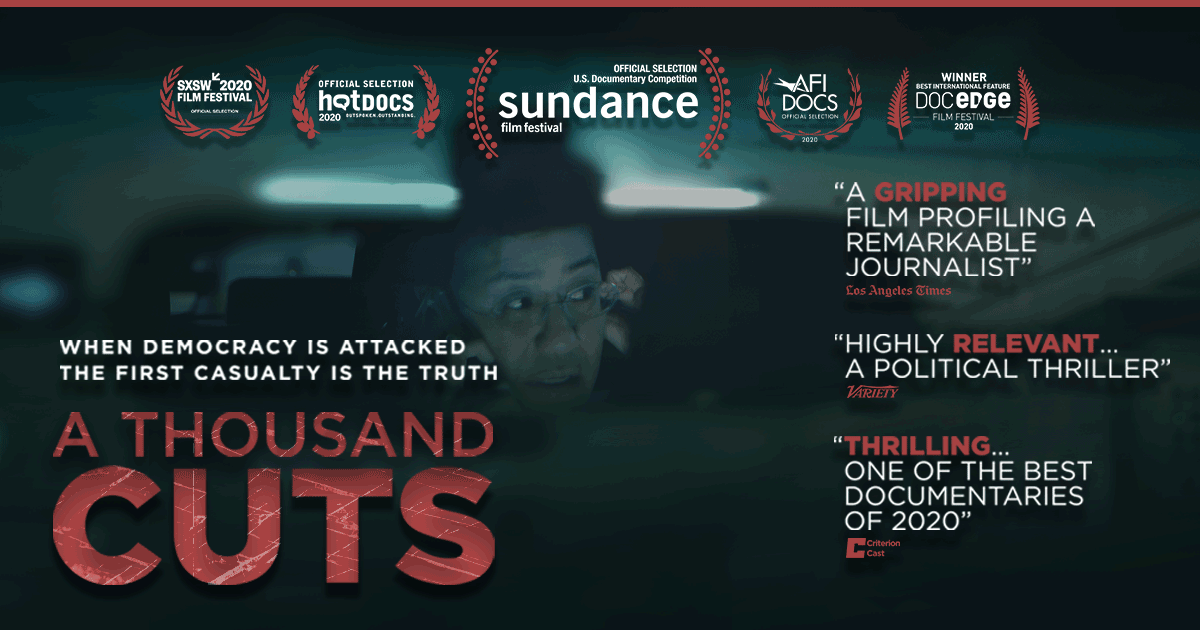
Haitians that were working for the American sugar companies, or living in the East of the country, were not harmed. Other estimates compiled by the Dominican historian Bernardo Vega went as high as 35,000.

In 1975, Joaquín Balaguer, the Dominican Republic's interim Foreign Minister at the time of the massacre, put the number of dead at 17,000. Thousands died along the borderland, the Northwest Line and the Cibao, and thousands more fled to Haiti. Lieutenant Adolf "Boy" Frappier, a German adviser to President Trujillo, advised him to use the shibboleth perejil ( Spanish for "parsley") to identify Haitians by their accent, because the "r" in perejil was difficult for Haitians to pronounce properly. Drunk at a soirée, Trujillo decided that every Haitian should be annihilated. In August 1937, amid a tour to border towns, Trujillo received complaints of looting, pillaging and cattle raiding, and people insinuated that he had no control over the Haitians. After April 1937, Cuba began the deportation of thousands of Haitians this led to the arrival of unemployed Haitians en masse to the Dominican Republic. Trujillo imposed restrictions on foreign labor and ordered the deportation of Haitians in the border area, but these measures failed due to a corruption scheme involving Dominican military men, civil authorities, and US-owned sugar companies, in the trafficking of undocumented Haitian immigrants. In 1936, Haiti received several of these villages located in La Miel valley after a revision of the borderline. The 1935 census revealed that several border towns were of Haitian majority between 19 the Haitian population in the Dominican Republic doubled. However, the arrival of Haitians to the rest of the country began after the United States occupation of Haiti and the Dominican Republic around 1916, when US-owned sugar companies imported, annually, thousands of Haitian workers to cut costs. Since the early 20th century, Haitians have made up the largest immigrant population in the Dominican Republic. Haitians in the Dominican Republic or Haitian Dominicans ( Spanish: Dominico-Haitianos) are residents or citizens of the Dominican Republic of Haitian descent. Roman Catholicism, Evangelicalism, Adventism, African traditional religions, Other The borderland, the North-Western Cibao valley, and the Southeastern (including Santo Domingo) region įirst language: Haitian Creole (96.3%), Spanish (1.7%), French (1.5%) Haitians born in the Dominican Republic to Haitian parents Residents of the Dominican Republic born in Haitiĭominicans born to both a Haitian and a Dominican parent

The DR government does nothing to address the industrial scale charcoal smuggling by fleets of trucks controlled by DR crime bosses.Haitians in the Dominican Republic Total population Unsurprisingly nearly all DR anti-charcoal smuggling efforts are directed against poor Haitians who transport charcoal in Haiti on pack animals. Despite their vital important to the country’s economy, right wing DR president Danilo Medina, has solidified his political base by stoking vicious anti-immigrant sentiment (like Trump). Poor Haitians survive by providing a cheap immigrant workforce for the DR.

Thanks to low rainfall and soil degradation, even subsistence agriculture is impossible in most of Haiti. The end result is a distinct difference in rainfall between the two countries sharing the island of Hispanola.

The DR, in contrast, is reaping the benefits of an aggressively enforced 1960s environmental program to reduce deforestation. Haiti, which has destroyed all but 2% of its native forests, relies on illegally smuggled charcoal for 90% of its energy. The filmmakes specifically investigate the illegal production and smuggling of charcoal, referred to as “black gold” from DR forests. This documentary concerns entrenched corruption, exploitation and deforestation on Hispaniola, the Caribbean island shared by Haiti and the Dominican Republic (DR). Illegal Deforestation: Death by a Thousand Cuts


 0 kommentar(er)
0 kommentar(er)
